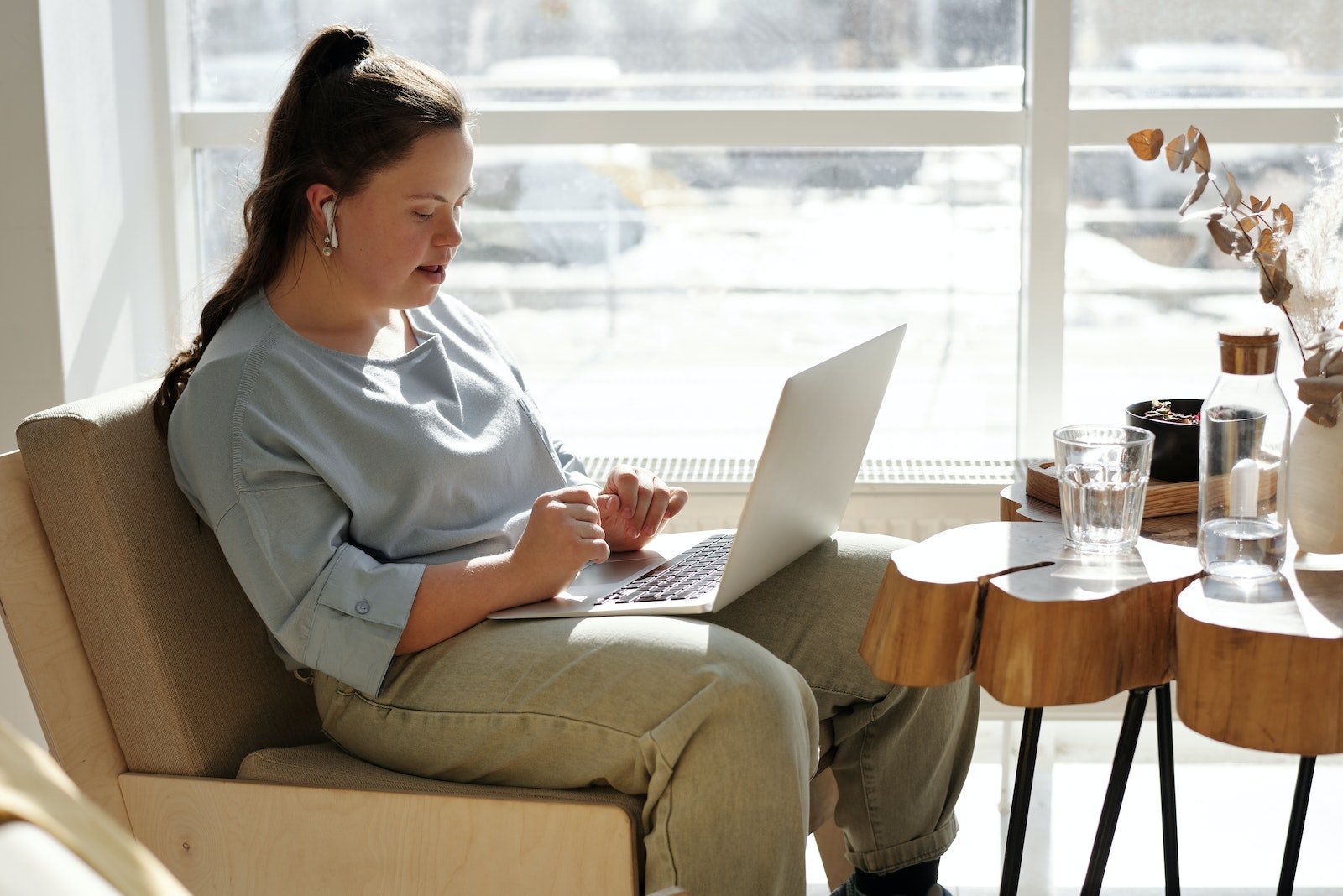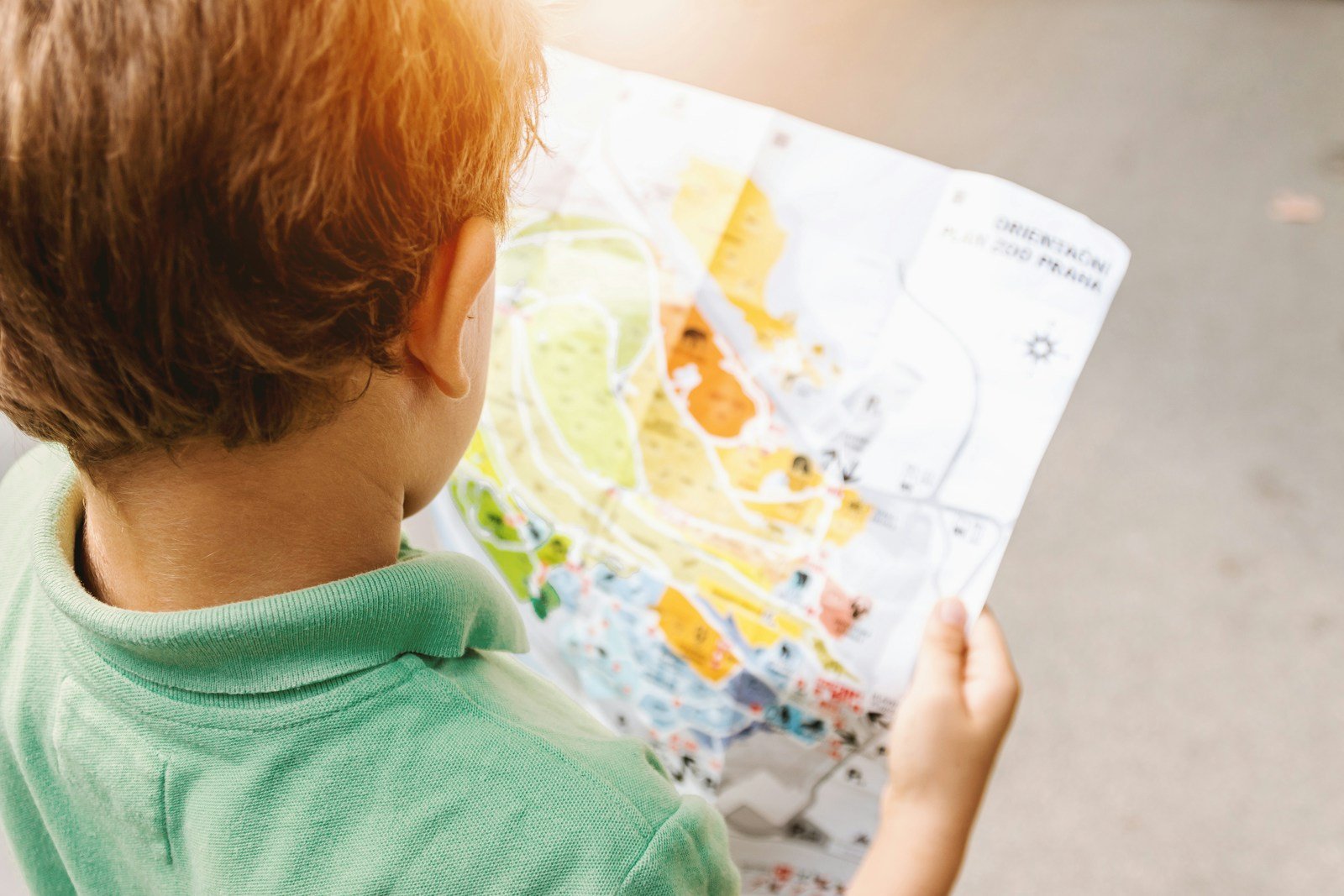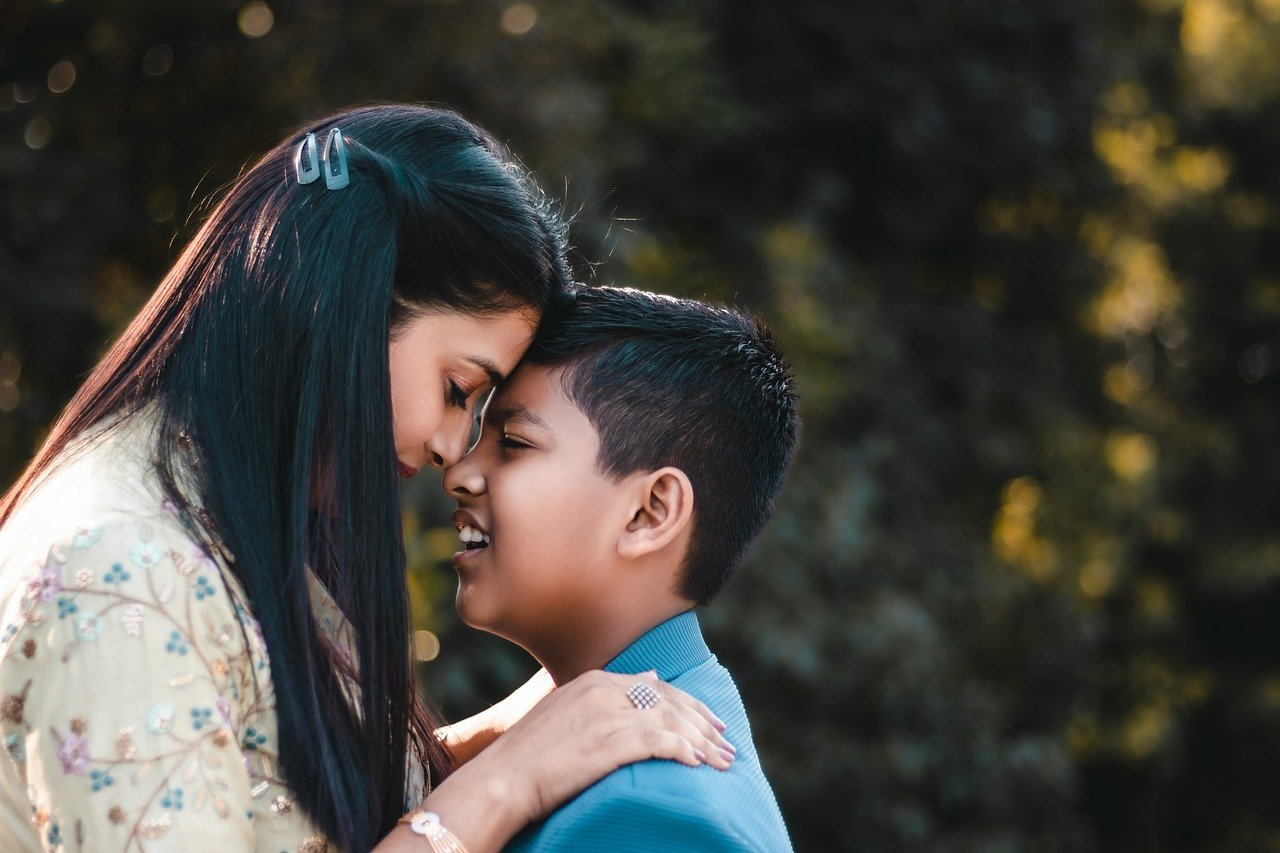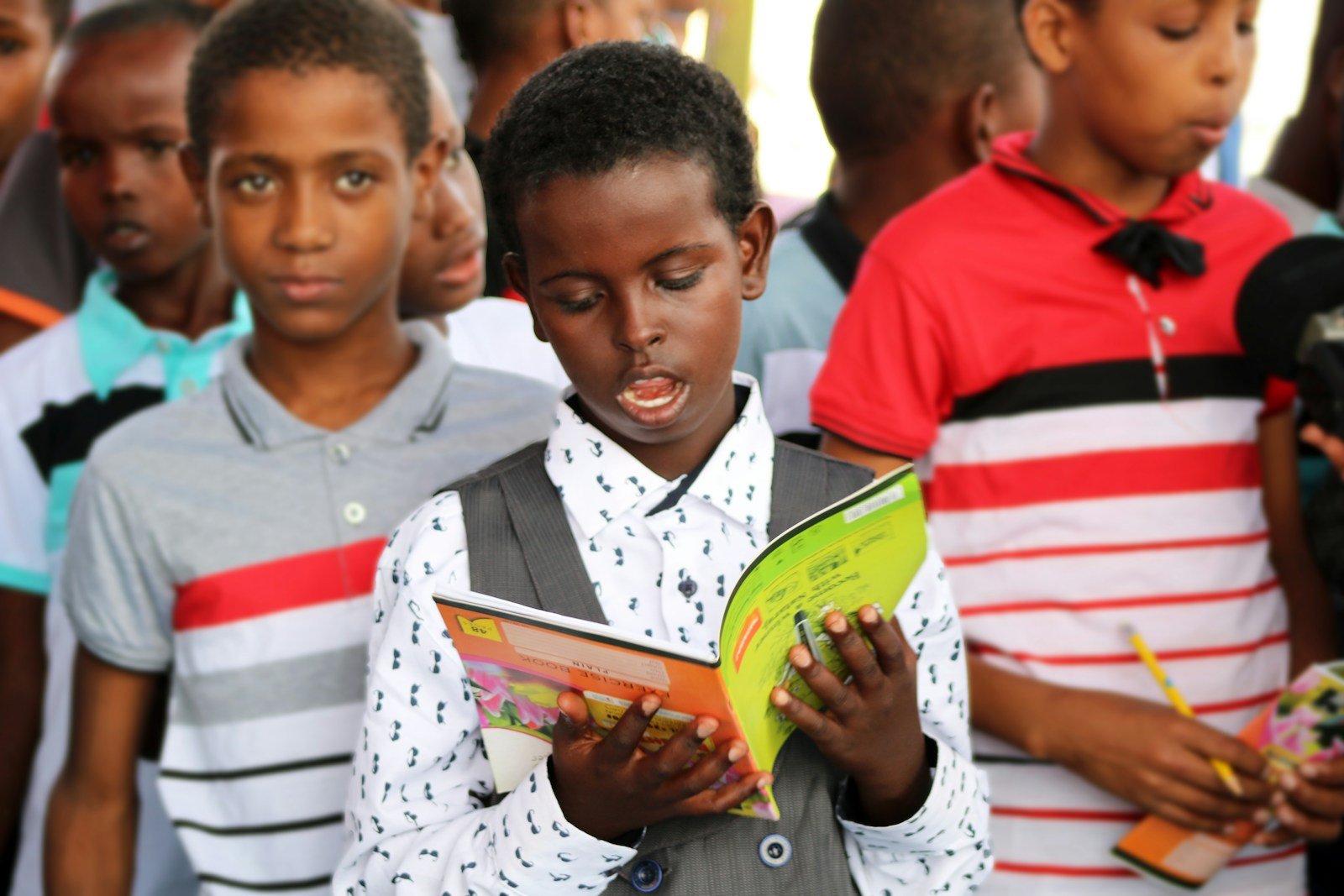Creating a positive learning environment is crucial for all children, but it’s especially important for children with disabilities. A positive learning environment can help children with disabilities feel comfortable, supported, and ready to learn. This guide will provide strategies for creating a positive learning environment for children with disabilities.
Understanding the Needs of Children with Disabilities
Children with disabilities have diverse needs and abilities. Disabilities can include physical disabilities, learning disabilities, intellectual disabilities, and sensory impairments. Each child is unique, and their needs will depend on their specific disability and individual circumstances.
Understanding a child’s specific needs is the first step in creating a positive learning environment. This can involve working closely with the child, their parents, and any professionals involved in their care, such as therapists or special education teachers.
Strategies for Creating a Positive Learning Environment
Here are some strategies that can help create a positive learning environment for children with disabilities:
Inclusive Classroom Design
The physical layout of the classroom can have a significant impact on a child’s ability to learn. An inclusive classroom design ensures that all students, regardless of their abilities, can participate fully in the learning experience. This might involve arranging desks so that all students can see the board, providing assistive technology, or creating quiet spaces for students who may become overwhelmed.
Differentiated Instruction
Differentiated instruction involves tailoring instruction to meet the individual needs of each student. This can involve modifying the content, process, product, or learning environment. Differentiated instruction can help ensure that all students, including those with disabilities, can access the curriculum and achieve their full potential.
Positive Behavior Support
Positive behavior support involves using positive strategies to manage behavior, rather than punitive measures. This can involve setting clear expectations, providing positive reinforcement for appropriate behavior, and teaching social and emotional skills.
Collaboration and Communication
Collaboration and communication between teachers, parents, and other professionals are crucial in creating a positive learning environment. Regular communication can ensure that everyone is on the same page and working towards the same goals.
The Role of Assistive Technology
Assistive technology can play a crucial role in creating a positive learning environment for children with disabilities. Assistive technology can help students access the curriculum, participate in classroom activities, and communicate with others. Examples of assistive technology include communication devices, text-to-speech software, and adaptive equipment.
Conclusion
Creating a positive learning environment for children with disabilities involves understanding each child’s unique needs and abilities, creating an inclusive classroom design, using differentiated instruction, implementing positive behavior support, and utilizing assistive technology. It also involves collaboration and communication between all the stakeholders involved in the child’s education. With the right strategies and supports in place, all children, including those with disabilities, can thrive in a positive learning environment. Remember, every child is unique, and what works for one child may not work for another. It’s important to be patient, flexible, and responsive to each child’s needs. With the right support, every child can succeed.






